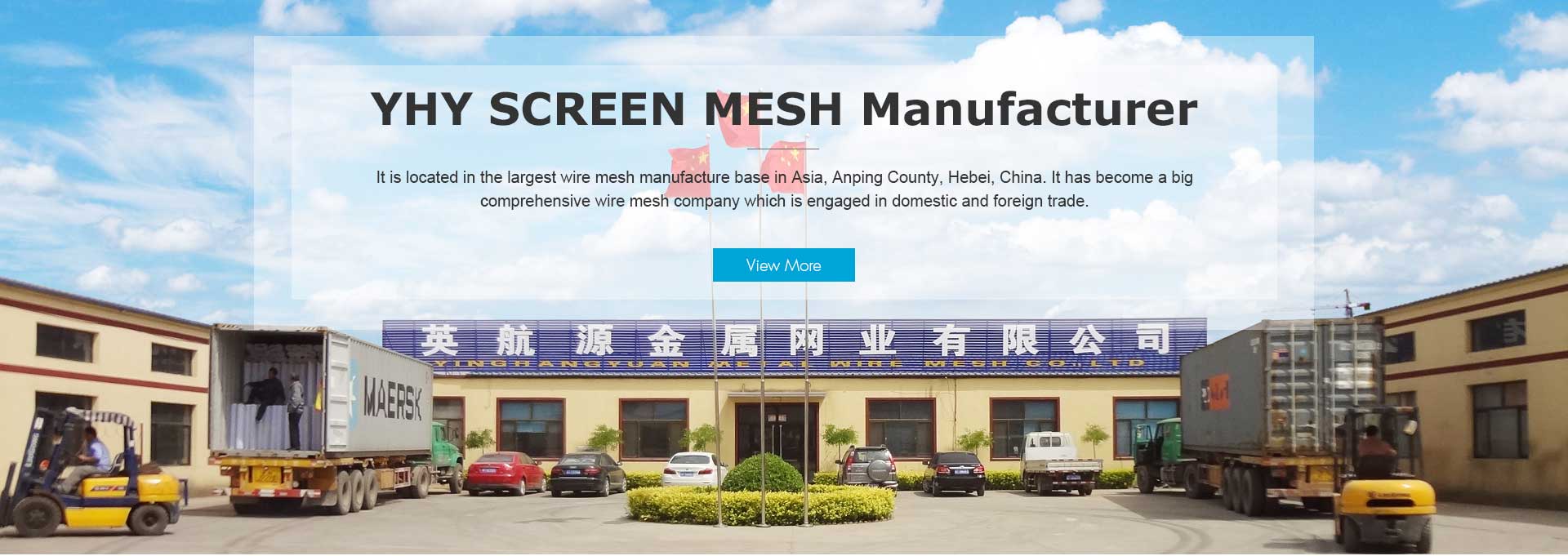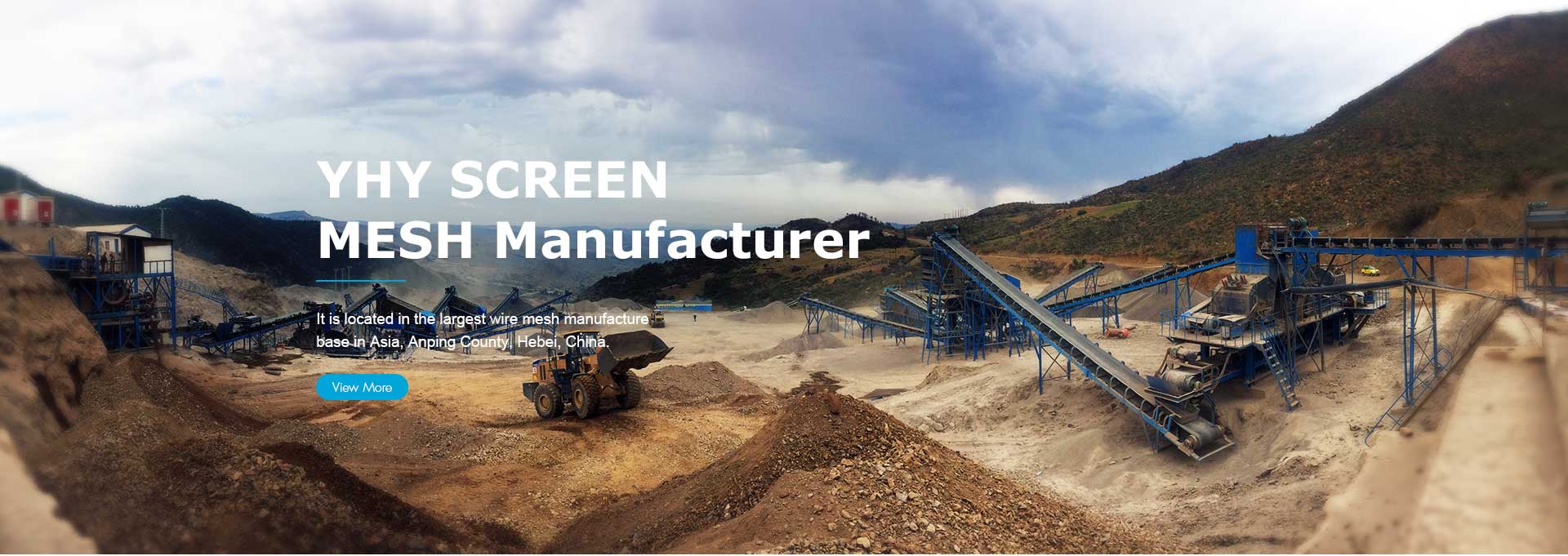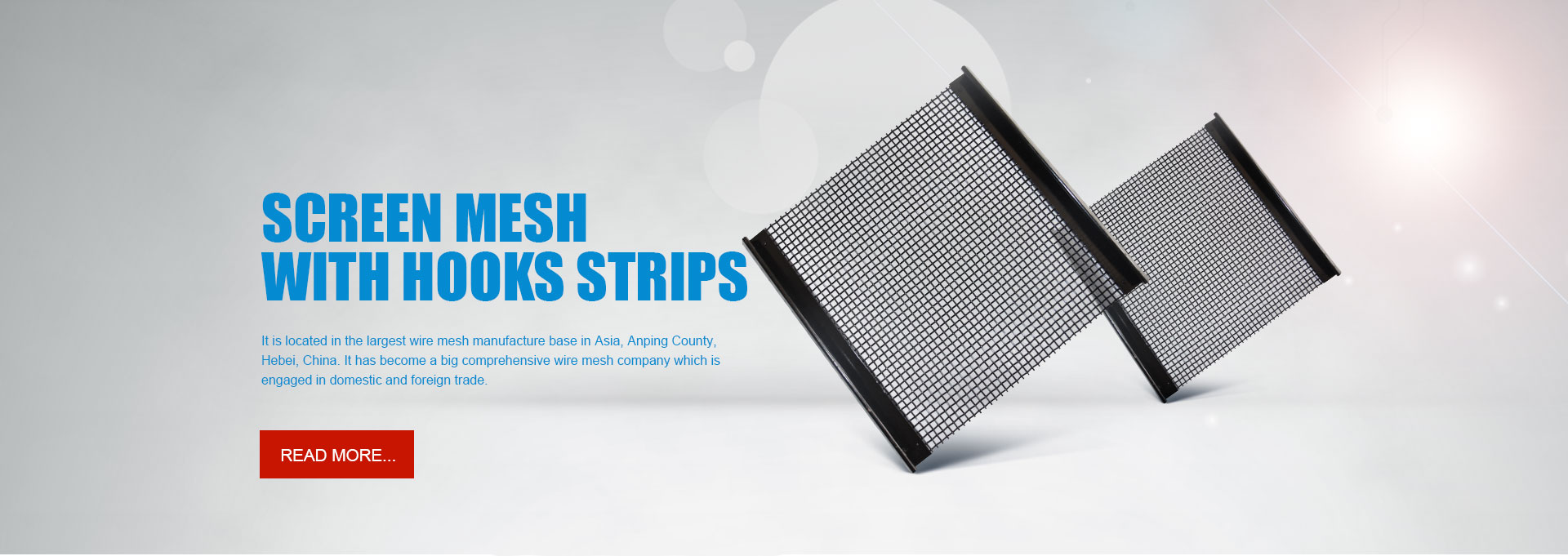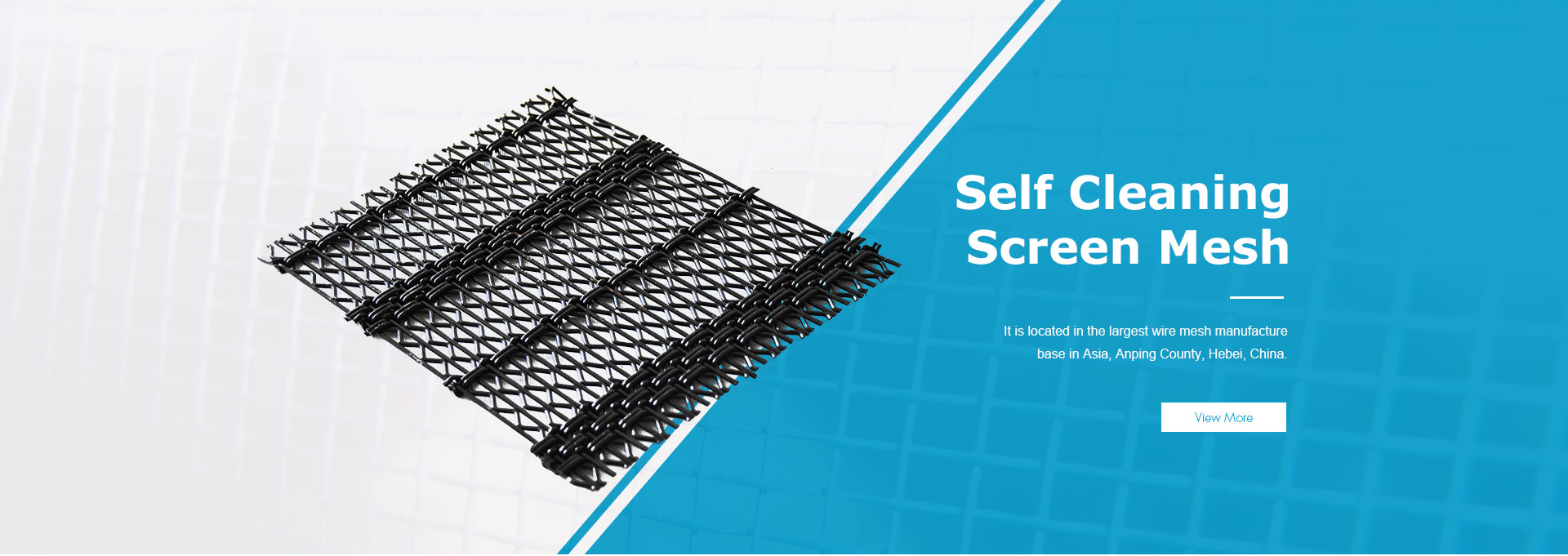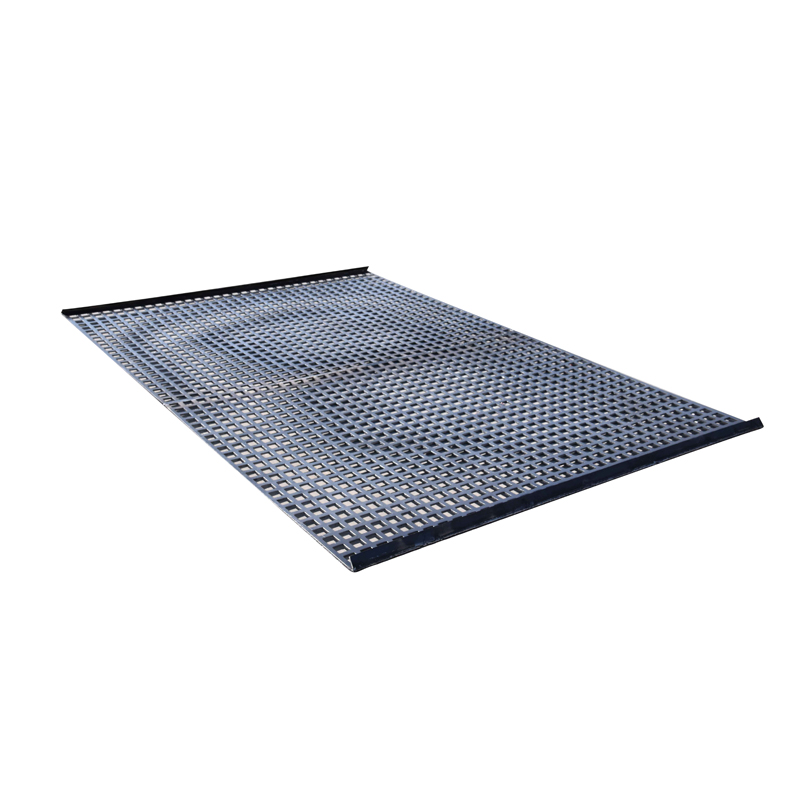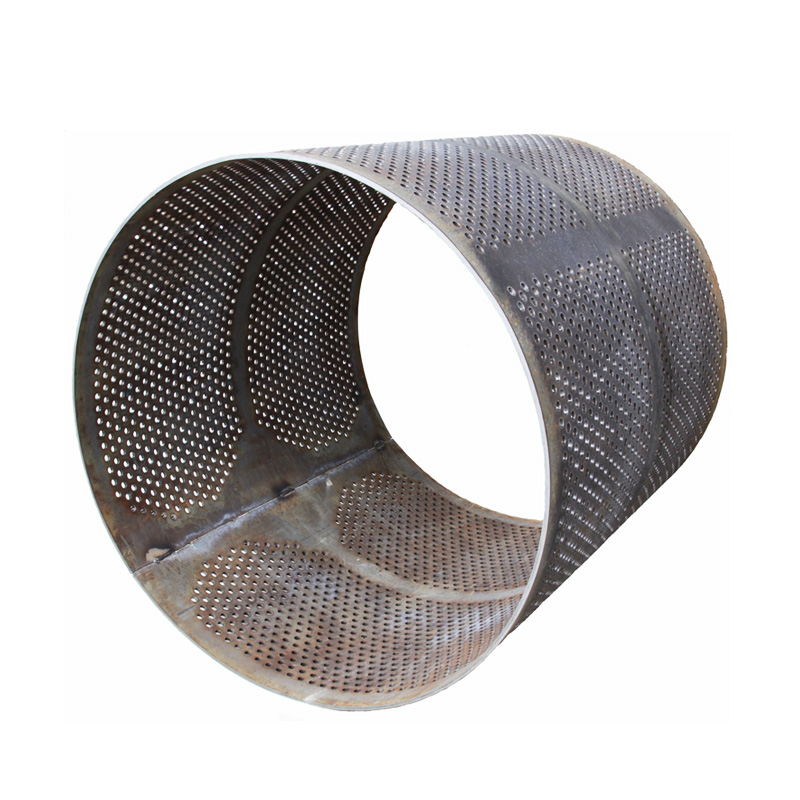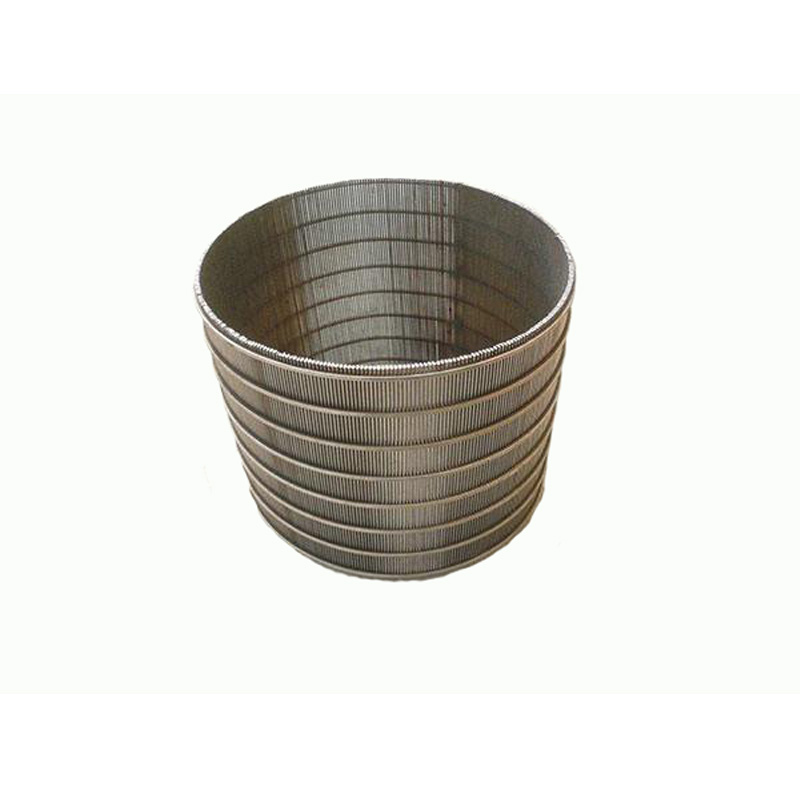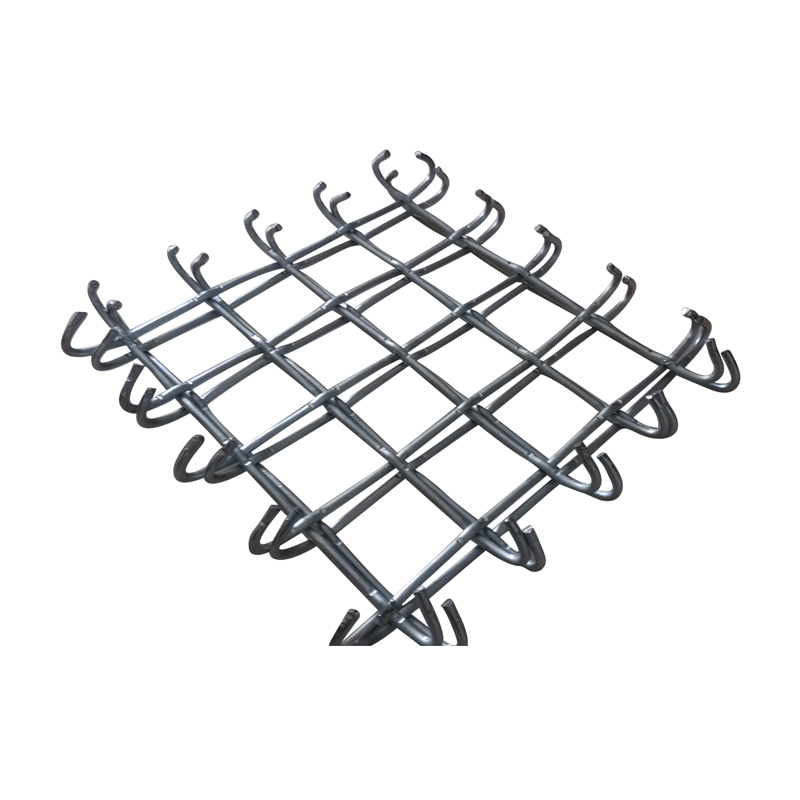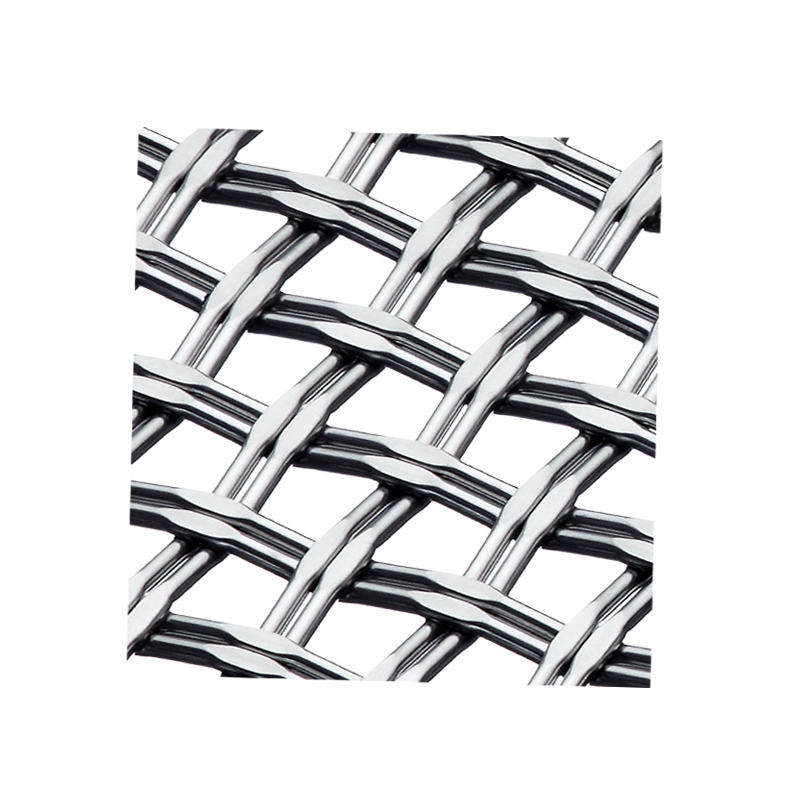External wall insulation mesh (fiberglass mesh) is a new type of alkali-resistant product made from alkali-resistant or medium-alkali fiberglass yarn woven into a fiberglass mesh base, then coated with acrylic copolymer liquid and dried. This product features stable structure, high strength, good alkali resistance, corrosion resistance, and crack resistance, providing optimal reinforcement. It is also simple and easy to install. It is mainly suitable for reinforcing and crack-preventing the interior and exterior surfaces of cement, gypsum, walls, buildings, and other structures, making it a new type of building material for external wall insulation projects.
Internal wall insulation alkali-resistant fiberglass mesh is made from alkali-resistant or medium-alkali fiberglass mesh base, coated with modified acrylic copolymer liquid. It features lightweight, high strength, temperature resistance, alkali resistance, water resistance, corrosion resistance, crack resistance, and dimensional stability. It effectively prevents cracking caused by overall surface tension shrinkage of the plaster layer and external forces. The thin mesh is frequently used in wall renovation and internal wall insulation.
Each type of mesh fabric has its own key points for installation, therefore, there are also certain points to note regarding external wall insulation mesh fabric. For the wall to be insulated, first clean the original wall surface, level the chiseled areas with cement mortar, and check its flatness and verticality according to current external wall standards. Generally, the following points are important:
Applying the base coat mortar: Apply the mixed insulation mortar evenly to the surface of the polystyrene board, to a thickness of 2-3mm. Simultaneously, press the mesh fabric into the mortar. For specific methods, refer to Appendix A for corner and opening construction.
Applying the mesh fabric: After stretching the mesh fabric taut, apply it to the base coat mortar. Use a trowel to press the mesh fabric into the surface of the mortar from the center outwards, ensuring it is flat and compacted, and avoiding wrinkles. The mesh fabric should not be pressed in too deeply; its surface must be exposed above the base coat mortar.
Topcoat Mortar Layer: Apply a topcoat mortar layer, 1-2mm thick, before the base coat sets. It should only cover the mesh fabric, with the mesh outline barely visible. Avoid excessive rubbing of the topcoat mortar to prevent air pockets.
Joint Treatment: Expansion joints and decorative joints can be installed in external wall insulation. Appropriate treatment should also be done at structural settlement joints and temperature joints. Reinforcement Layer Construction: Considering the impact resistance requirements of the first floor and other reinforced areas, add a layer of mesh fabric to the standard external insulation construction, and then apply another topcoat mortar layer to improve impact resistance. In this double-layer mesh fabric construction, the base layer can be standard mesh fabric or a higher-quality, stronger reinforced mesh fabric.
Exterior Finish Coating Construction: Paint application can begin once the plastered surface meets the requirements for paint application. The application method is the same as for ordinary wall paint. Generally, use a matching special paint or other paint compatible with the external insulation system.
This concludes the introduction to the key points of external wall insulation mesh construction by the mesh manufacturer. It is mainly suitable for reinforcing and crack-preventing the inner and outer surfaces of cement, gypsum, walls, buildings and other structures, and is a new type of building material for external wall insulation projects.










